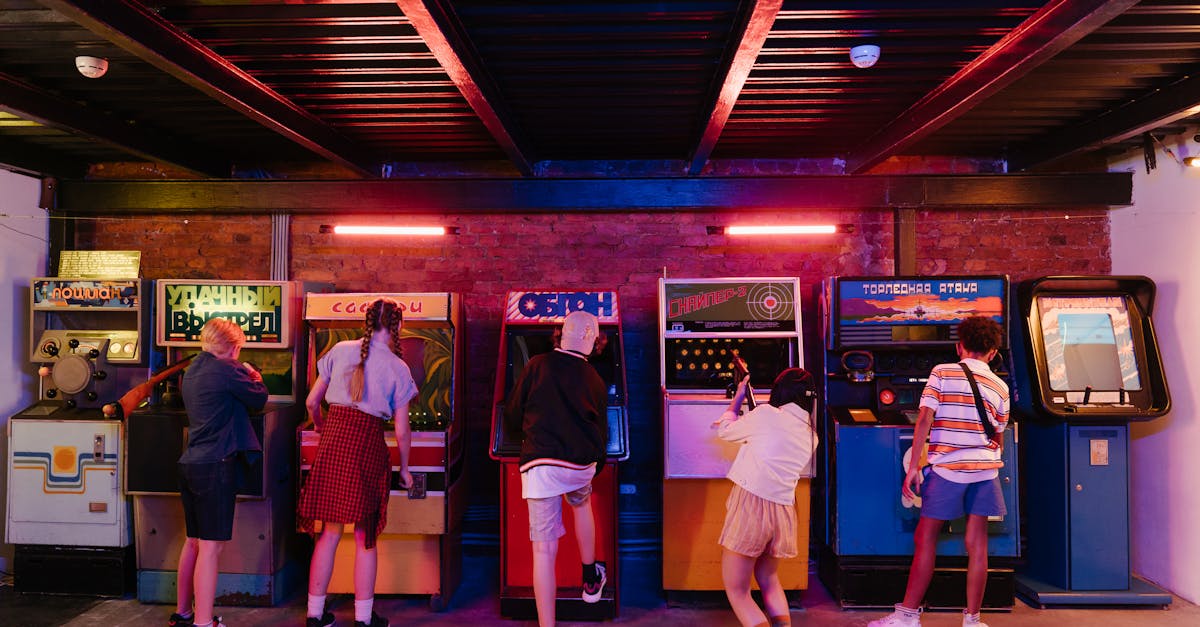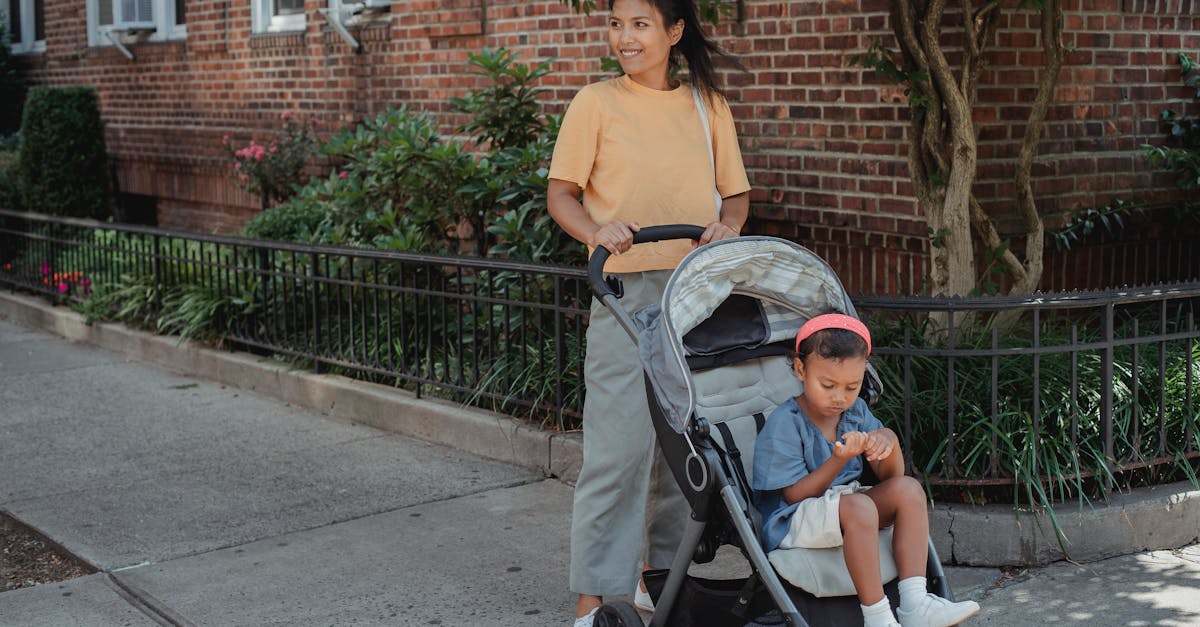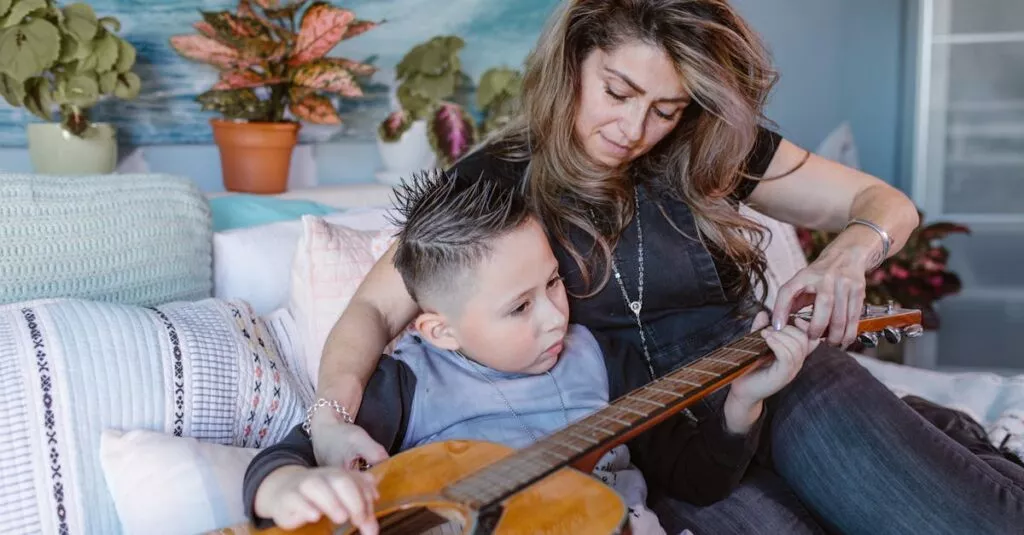1. Start with Familiar Objects
Introducing your infant to new environments can feel like you’re on a wild ride at an amusement park. Start with familiar objects to make the new space feel like home. A favorite teddy bear or blanket can be incredibly comforting to your little one. These items, full of familiar smells and textures, provide a sense of security. Whether you’re visiting grandma or heading to a playdate, this trick never fails! I once brought my daughter’s plush bunny to every new place we went—it worked like a charm!
2. Gradually Introduce New Faces
New faces can be overwhelming for an infant. Gradually introduce them to new people, ensuring they feel secure. Start with short visits from close family members or friends. Ensure these introductions happen in a quiet, controlled environment, allowing your baby to adjust without feeling overstimulated.
This reminds me of when my son met his aunt for the first time. We started with a video call, and by the time they met in person, he already recognized her face and voice.

3. Use Sensory Experiences
Infants learn about their world through their senses. Utilize sensory experiences to help them adjust to new environments. Gentle music, soft lighting, and various textures can all be part of this. Imagine exploring a backyard; the rustling leaves, the chirping of birds, and the fresh air all contribute to a soothing but stimulating environment. It’s like a mini adventure, which they can enjoy with you by their side.
4. Create a Routine
Creating a routine offers a sense of predictability and safety. Stick to a consistent schedule for naps, feeding, and playtime, even when introducing new places. Routines help infants know what to expect, reducing anxiety. On weekend trips, I used to follow the same bedtime routine as at home. It helped maintain a sense of normalcy and comfort for my little one.

5. Encourage Social Interaction
Social interaction is crucial for infant development. Encourage playdates and family gatherings where your baby can observe and interact with others. This can enhance their social skills and confidence in new situations.
A well-organized little playdate can work wonders. I remember hosting a small gathering where every parent brought their child’s favorite toy. It was a hit!
6. Observe and Respond to Their Cues
Watching your infant’s reactions can clue you in on their comfort level. It is important to observe and respond to their cues to make the transition smoother. Look out for signs of distress like crying or clinging and address them calmly.
For example, once during a family outing, I noticed my baby getting uneasy. We took a short break, cuddled, and then slowly reintroduced her to the group. Instantly, she was more at ease.

Observing and responding to your infant’s cues is vital for their well-being and comfort. By being attentive and adapting to their needs, you can create a sense of security and trust in your relationship.
7. Keep a Positive Attitude
Your attitude can significantly affect your infant’s reaction to new environments. Stay positive and calm to reassure your baby. They tend to mirror your emotions, so showing excitement can help them feel more secure and happy. Whenever we went somewhere new, I’d keep a cheerful tone and make a game out of discovering new things. My excitement usually rubbed off on my baby, making the experience enjoyable for both of us.

